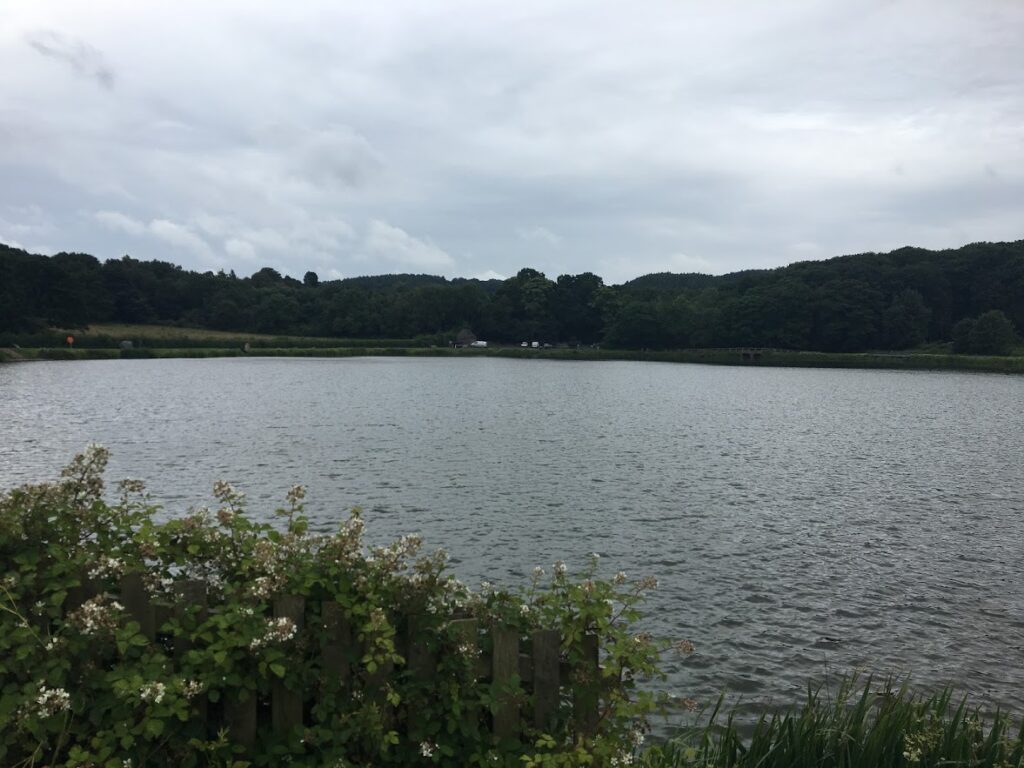How Henry Fearon brought water to Loughborough
4 September 2020
Loughborough’s Local Health Board may have given in to pressure and sorted out the sewage problem in the town, but that was all they were prepared to action from William Lee’s recommendations to the General Board of Health in 1849. Despite regular water shortages in dry spells, inhabitants had to make do with obtaining water from wells just as they had in times past.
In 1866 Archdeacon Henry Fearon decided once again to take action. This time, rather than shaming the Board by confronting them in the press, he took practical steps to remedy the situation himself. He and a group of local businessmen dipped into their pockets and clubbed together to form a limited liability company intent on bringing clean water to the town.
The company drew up a scheme for a reservoir between Shepshed and Whitwick which would hold 75 million gallons of water, sourced from the Black Brook. Then they prepared a bill to seek permission from Parliament to action the scheme. They planned to float the company on the stock market, raising £15,000 in share capital to cover the cost of construction. They let the Local Board know of their plan in November that year.
The Local Board immediately rejected the idea, stating they were planning to construct a water scheme themselves. They refused to hold a public meeting to share the details of this, however, so Fearon’s company went ahead and held their own, sharing their plans with townsfolk on 8th January 1867.
The meeting was a heated one, with strong opposition to the piped water scheme even though it wouldn’t affect the rates as only those prepared to pay for the water would have it connected to their homes. Finally, Archdeacon Fearon stood up to address the meeting.
An intelligent and articulate speaker, he pointed out the benefits of a good water supply for the town – the 200 houses in Woodgate whose inhabitants had to go ‘a considerable distance’ to get pure water but could instead have it piped directly to their bedrooms; the public wash-house that could be built for locals to bathe in and do their laundry; the poultry market that could take place once there was water on tap to wash it clean afterwards.
Fearon mentioned the expense that would result from a dispute before a Parliamentary Select Committee and raised concerns that with committee elections due in March, the Board’s own plan for a waterworks might once again be postponed.
And he told the crowd that though he’d helped set up the company, he didn’t care a ‘snap of his finger’ who provided a water supply and wouldn’t oppose the Board’s plan to do so ‘if they were sincere.’
The debate would continue for many months. On 11th November 1867, the Local Board voted to apply to Parliament for a Waterworks Act but after a public outcry, were persuaded not to proceed. Five Board members resigned over the matter but were soon re-elected and their own scheme finally went through. The company set up by Henry Fearon and his friends was given £150 in compensation for the monies they’d already laid out.
The Local Board ‘got out and dusted down’ old plans for a reservoir and filter beds at Nanpantan. Built on an 8¾ acre-site and holding 29 million gallons of water taken from the Wood Brook, the waterworks cost £23,500 and were opened in 1870.
Clean water had finally come to the town and Henry Fearon commemorated this momentous event by installing a drinking fountain in the Market Place, drawing the first draught of water from it on 31st August.
Unfortunately, Loughborough had grown so much since William Lee had assessed it in 1849 that the supply from Nanpantan reservoir was inadequate almost immediately it was opened. Some fifteen years later after a number of droughts in the town, the Local Board of Health had no choice but to buy land for a second waterworks to meet demand.
In a final act of irony, this new reservoir would be built on the Black Brook, on the exact site Fearon and Company had suggested back in 1866.
Alison Mott

Read the previous post in this topic here.
Read the next post in this topic here.